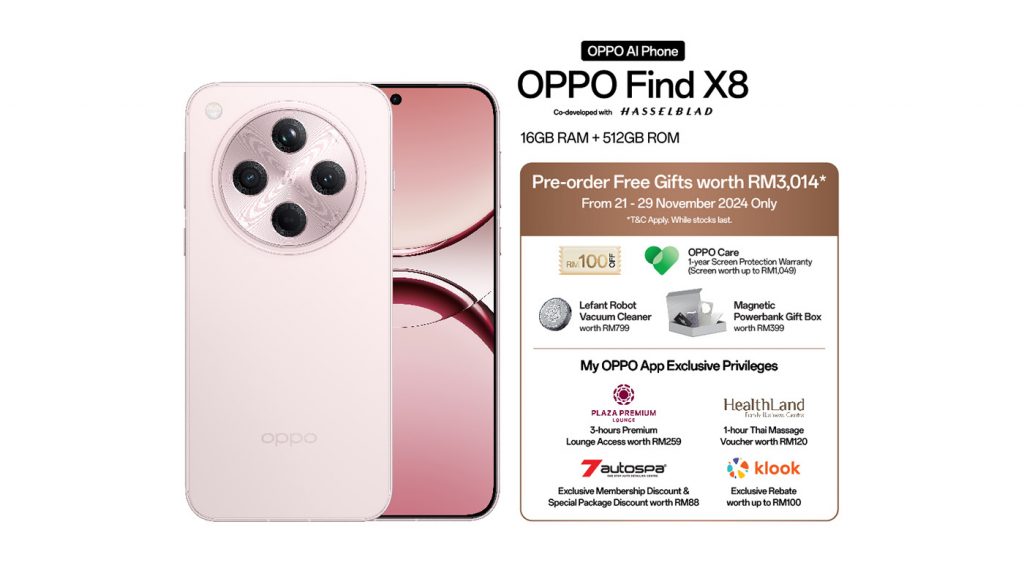For many people, sunglasses serve a dual purpose – they are not just a fashion statement but a necessity for clear vision outdoors. Prescription sunglasses let those with vision issues enjoy the sun without squinting or getting headaches.
However, just like regular glasses, sunglasses lenses can wear out over time. The good news is you can renew old sunglasses by replacing the lenses. This allows you to keep the frames you adore while fitting them with new lenses tailored to your current prescription.
The Need for Prescription Lens Replacement
Over 120 million Americans need glasses or contacts to see clearly. For many, prescription sunglasses are a must for comfortable outdoor time in the sun.
Like regular glasses, the lenses in sunglasses can lose their sharpness over months and years of wear. Exposure to UV rays, scratches, warping, and general use all make lenses less clear with time. And as our vision changes as we age, old lenses fit our needs less and less over time.
If you notice any of the following signs, it may be time to consider prescription sunglass lens replacement:
- Squinting, eye strain, or headaches when wearing them
- Trouble driving or doing activities with your current pair
- Taking them off frequently due to fuzzy vision.
- If the new prescription from the optometrist doesn’t match your sunglass lenses…
Rather than buy totally new sunglasses, it’s often cheaper and greener to just replace old lenses. This lets you keep frames you already enjoy.
Prescription Lens Replacement Process
Obtaining prescription sunglass lens replacement is quite similar to the process for regular glasses. Here are the usual steps:
- Make a vision check-up appointment if you don’t have a current prescription. This checks if your vision needs have changed.
- Inspect your frames to ensure they aren’t damaged, bent, or too worn. If the frames are still in good shape, they can hold new lenses.
- Choose the type of replacement lenses you need. Popular options are polarized lenses to reduce glare, photochromic lenses that darken in sunlight, high-index lenses for sharper vision, and more. Talk to your eye doctor about what’s best for you.
- The optician will meticulously measure your frames and pupil positioning to ensure the new lenses are a perfect fit.
- Add extras like anti-reflective coating to decrease glare and eye fatigue.
- Skilled opticians will professionally remove the old lenses and install the new prescription lenses.
- Proper fitting is key for best vision and comfort.
The entire process can vary in duration, from as quick as a day to possibly 1-2 weeks, depending on your choice of service.
Benefits of Lens Replacement Over Buying New
Putting new lenses in old sunglasses has some great upsides compared to buying a totally new pair:
- Cost Savings: Replacement lenses can cost about half as much as new sunglasses. Over time, you can save a lot.
- Keep Favorites: If you have a pair you love that fits perfectly, you can hold onto them by replacing just the lenses.
- Eco-Friendly: Lens replacement makes less waste and has a lower carbon footprint vs. making whole new frames and lenses.
- Convenience: Getting lenses replaced is often faster than waiting for customized new shades. You’ll have your faves back quickly.
- Upgrade Options: You can even opt for advanced new lenses, such as scratch-resistant, polarized, polycarbonate, and more.
Therefore, if you seek to save money, minimize waste, and retain your favorite frames, lens replacement emerges as a prudent choice. It’s a cost-effective, eco-friendly, and convenient method for preserving your favorite shades.
Choosing the Right Lens Replacement Service
With different options for getting replacement lenses, from local shops to online, it’s important to pick the right service. Here are key things to think about:
- Reputation – Choose places with a long history of good reviews. This means they’ve made past customers happy.
- Lens options – Look for a wide variety of lens types, coatings, and tints to customize your shades.
- Quality – Make sure they use top tools and measurements for accurate lens installation. Don’t sacrifice quality to save money.
- Materials and warranty – Good services use high-grade lens materials and guarantee their work.
- Customer service – Find a place that gives professional guidance on choosing the perfect lenses for your needs.
Take time to research choices. The ideal service will possess advanced technical expertise and boast excellent customer ratings.
The objective is to strike a balance between a strong reputation, expertise, and customer satisfaction. A top-notch lens replacement service can rejuvenate your old, worn-out sunglasses, making them look and feel brand new.
Caring for Your New Lenses
Once you get new lenses for your sunglasses, you’ll want them to last. Follow these tips to take good care of them:
- Keep sunglasses in a protective hard case when you’re not wearing them. This prevents scratches.
- Avoid getting water, oils, or drops on the lenses that could ruin coatings.
- Use microfiber cloths and anti-static spray to gently clean lenses. Don’t use anything too rough.
- Don’t leave sunglasses in direct sun or heat, which can warp frames.
- Get lenses re-coated every 1-2 years to maintain scratch protection.
- Get regular eye exams and replace lenses again when your prescription changes.
By taking proper care, your new sunglass lenses can retain exceptional clarity and functionality for years. Treat them carefully, and they’ll always let you see comfortably on sunny days.
Now, let’s examine the time it takes to receive replacement lenses. It’s also important to think about how often people return their glasses after getting new lenses.
To help understand this, we made a chart that shows useful information about what customers do. The chart can offer valuable insights into people’s behavior after they receive replacement lenses.
Looking at the turnaround time and return rate together in a visual way makes it easier to see patterns in customer behavior.

Common Questions About Lens Replacement
1. How often should I get new lenses put in my prescription sunglasses?
It’s best to replace them about every 1-2 years if you notice your vision becoming less clear. You might require new lenses more frequently if you wear your glasses regularly or if your prescription changes often.
2. Can any glasses frames get replacement lenses, or are there limits?
Most regular plastic and metal frames can take replacement lenses as long as they aren’t badly bent or damaged. More special frames may have restrictions. Ask an optician first about your specific frames.
3. What’s the difference between replacing lenses vs. buying all-new prescription sunglasses?
Buying entirely new sunglasses means waiting and paying for the production of brand-new frames and lenses. Replacing lenses just swaps out old lenses for new ones in your existing frames. This makes replacements faster, easier, cheaper, and better for the environment.
Closing Thoughts
You don’t have to put up with scratched lenses or sunglasses that don’t match your vision anymore. With so many lens replacement options now, you can refresh your favorite shades and keep wearing them for years.
As your eyesight changes, make sure your eyewear keeps up. Get those lenses replaced! It’s an easy, affordable way to renew sunglasses you already love.
Don’t persist with old lenses when improved vision is just a replacement away. Keep your shades crystal clear and perfectly tuned to your needs with this simple solution.




